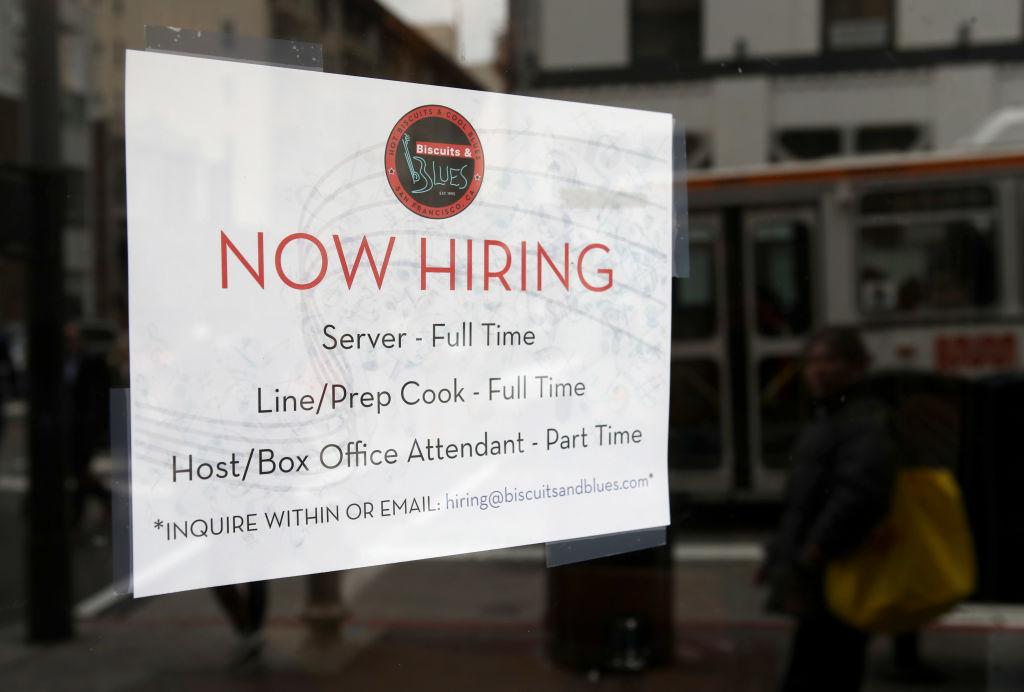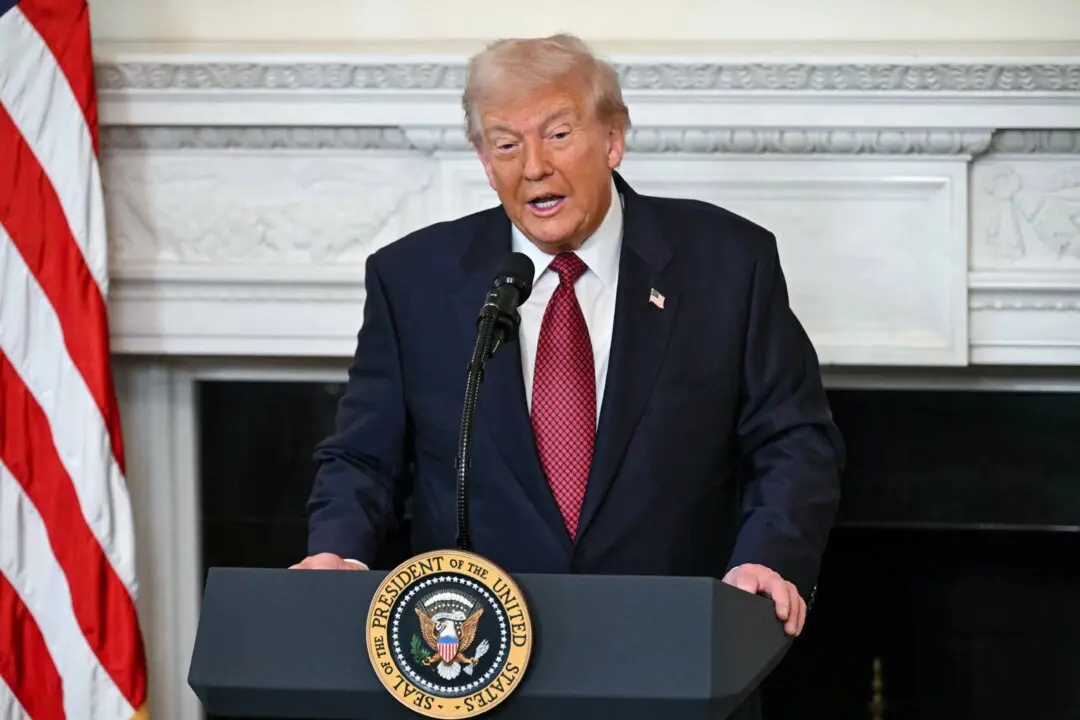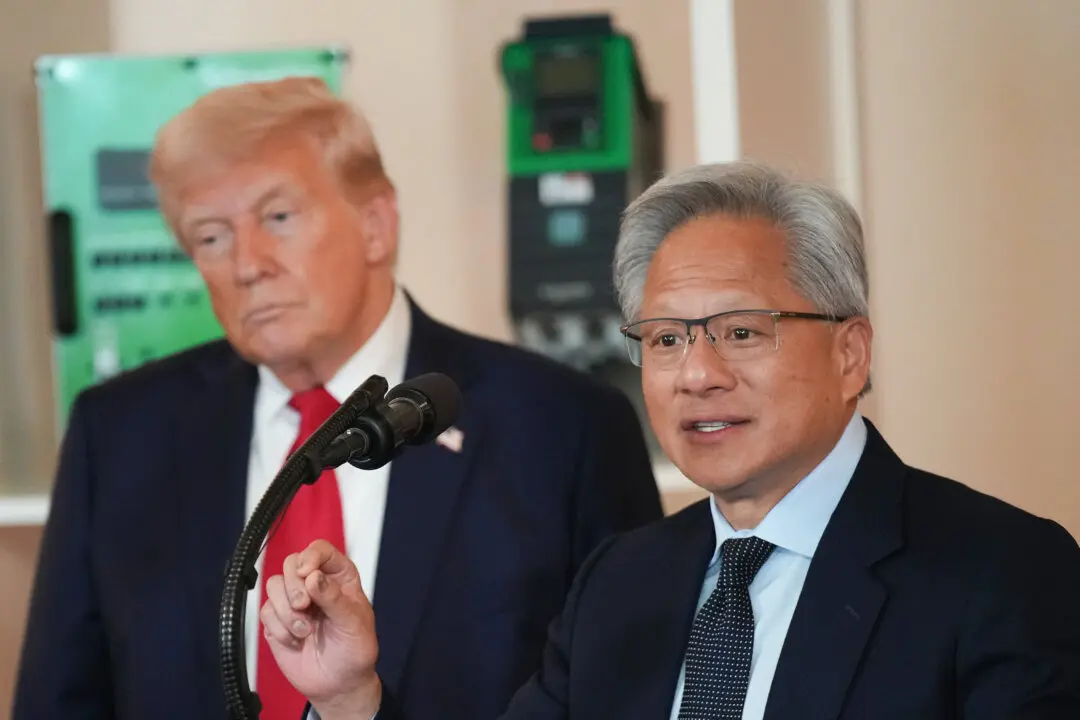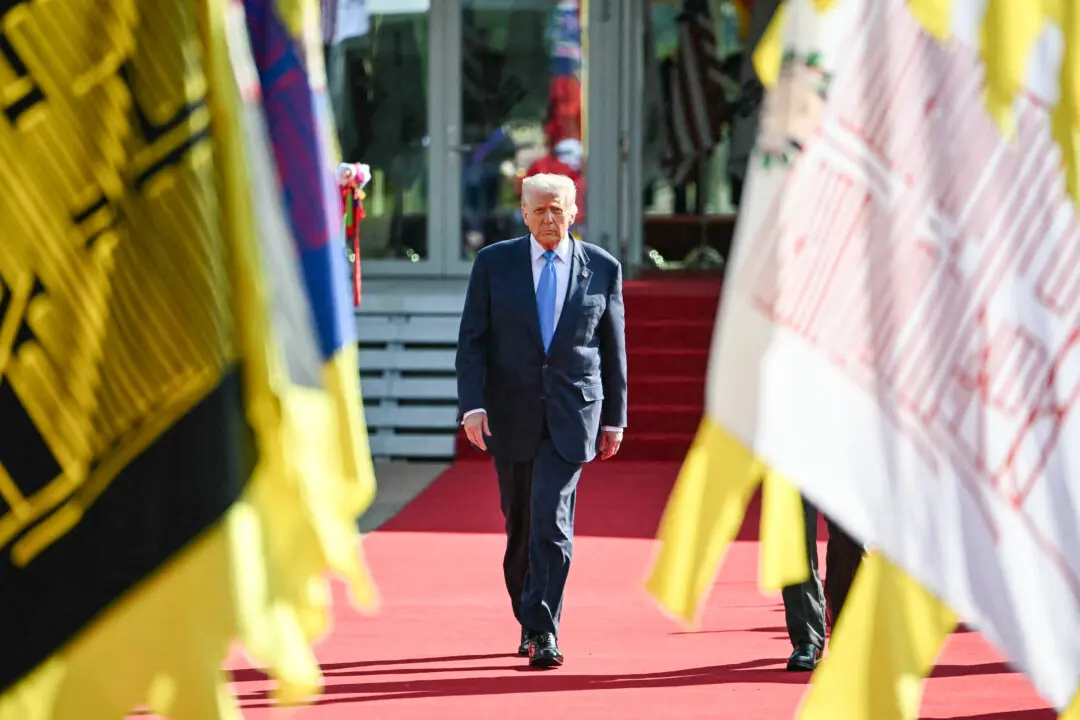WASHINGTON—Job creation among the nation’s small businesses has reached its highest rate in 45 years of record-keeping, according to the latest employment report by the National Federation of Independent Business (NFIB).
There was a net addition of 0.52 workers per firm in February, up from 0.33 workers in January and 0.25 in December. The previous record was 0.51 reached in May 1998. The NFIB Research Foundation has collected small-business economic trends data with quarterly surveys since 1974 and monthly surveys since 1986.





